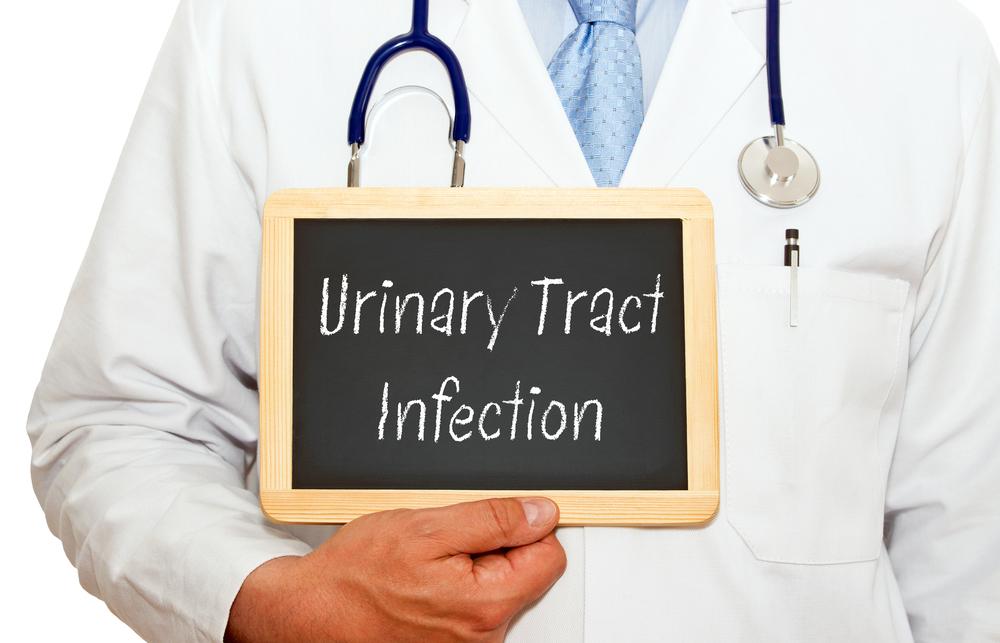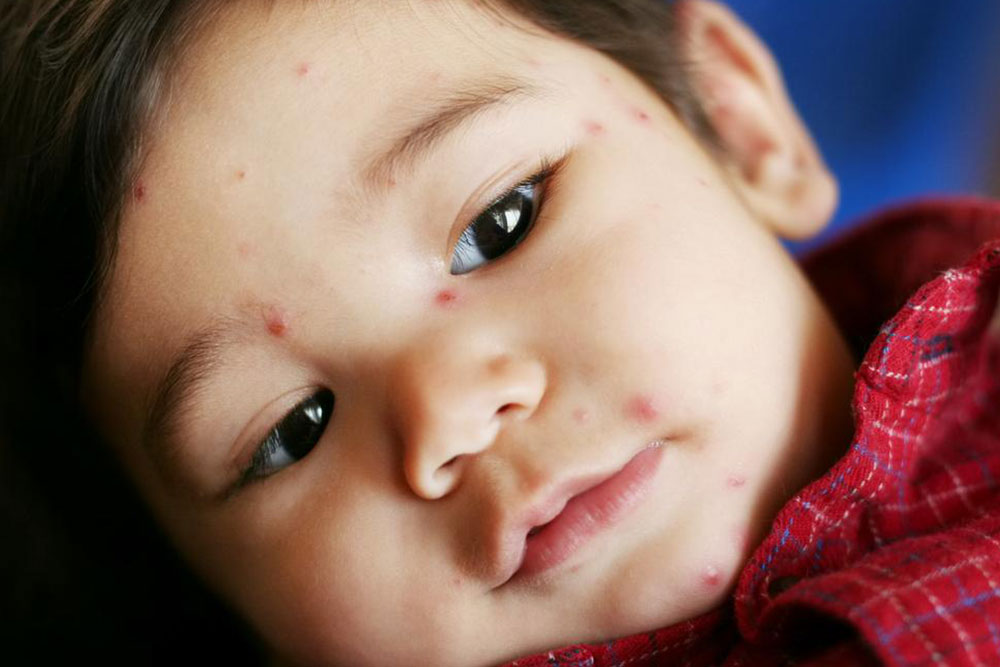Understanding Bacterial Infections: Causes, Signs, and Remedies
This article explores bacterial infections, detailing their causes, symptoms, and treatment options. It emphasizes how bacteria invade the body, signs to watch for, and the importance of antibiotics. Proper understanding can aid early detection and effective management of bacterial diseases, preventing complications. The content is designed to inform readers about preventing bacterial spread and seeking timely medical care for various infections.

Understanding Bacterial Infections: Causes, Signs, and Remedies
Bacteria are microscopic organisms visible only under a microscope. They naturally reside on our skin, reproductive organs, and digestive system. Not all bacteria are harmful; many support our health. However, pathogenic bacteria can cause infections once they invade the body and reproduce excessively, outcompeting beneficial microbes. Some bacteria release toxins that can harm our tissues. These infections are contagious and can be severe, leading to conditions like bacteremia, toxic shock, and kidney failure.
Common bacterial illnesses include meningitis, stomach ulcers, food poisoning, sexually transmitted infections like gonorrhea, pneumonia, wound infections, ear infections, and strep throat.
Causes of bacterial infections
Bacteria can invade various body parts such as the bladder, mouth, skin, or reproductive organs. Entry points include contaminated food, kissing, sexual contact, bites, cuts, sharing needles, or inhaling airborne droplets. Once inside sterile areas, bacteria trigger immune responses, but their rapid growth, reproduction, and toxin production can overwhelm the body's defenses, risking severe health complications.
Signs of bacterial infections vary by type but often include fever, though it’s not always present. Symptoms depend on age, type of infection, and individual health. Common signs include irritability, diarrhea, painful or bloody urination, nausea, vomiting, neck stiffness, abdominal or joint pain, rashes, lesions, and flu-like symptoms. In children, symptoms may also involve excessive crying, sleepiness, feeding difficulties, and bulging soft spots.
Treatment options
Antibiotics are the primary treatment, halting bacterial growth and killing the pathogens. Specific antibiotics are selected based on the infection type, administered orally, via injection, or intravenously. Adequate rest and a nutritious diet support recovery. Severe cases may require hospitalization and intensive care.
Important Reminder:
Our blog offers diverse health information backed by research, but should not replace professional medical advice. Readers should consult healthcare providers for diagnosis and treatment. The site may not include all possible treatments or offers, so verify details with medical professionals.









